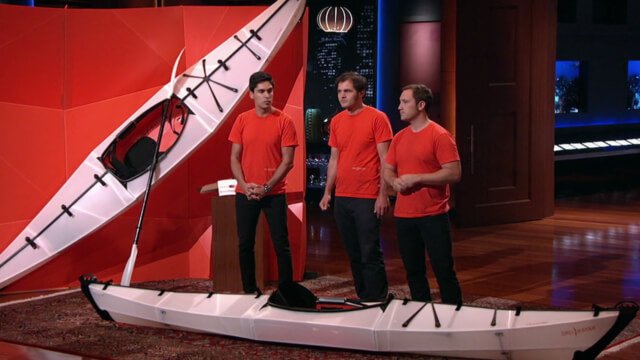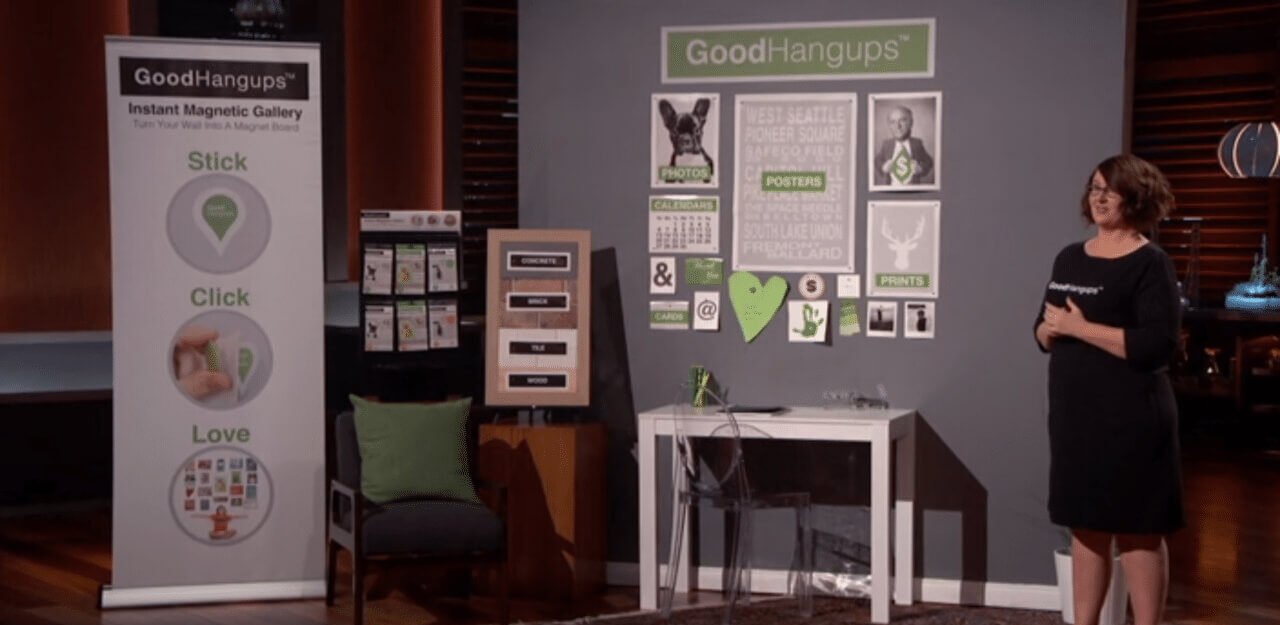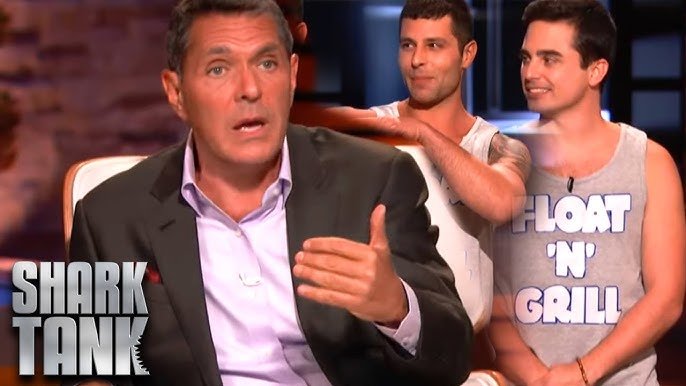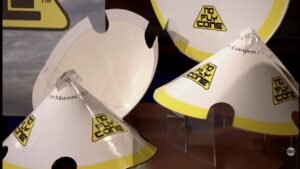Let’s break a myth right away: just because you get a Shark Tank deal, doesn’t mean you’re set. Sometimes, the real win starts after the cameras fade. Oru Kayak—maybe you’ve seen their sleek folding boats—pitched for glory on Shark Tank Season 5. They snagged a handshake from Robert Herjavec. But let me ask you: did that TV deal really make all the difference, or was it just the beginning of the hustle?
Shark Tank is full of companies who land deals but vanish six months later. Oru Kayak, though? They worked the system—beat the odds, grew revenue, and then sold big. Let’s cut the fluff and break down how Anton Willis, Roberto Gutierrez, and Ardy Sobhani turned one origami-inspired idea into a real business that matters.
Contents
ToggleWhy Oru Kayak Still Gets People Talking
Quick confession: I’ve seen founders chase Shark Tank for their fifteen minutes instead of real impact. Oru’s story is different—their kayaks solve an actual headache for people. If you live in a city, you know: owning a classic kayak means you need a truck, a garage, and a forgiving spouse. Oru said, Forget that—what if it folded up small enough to stash in your closet?
Sounds obvious now. But that blend of portability, style, and genuinely solid paddling performance? That’s rare. And it’s why, years after Shark Tank, people still ask about Oru’s foldable kayak on platforms like SharkWorth, and the brand still sells out in outdoor shops.
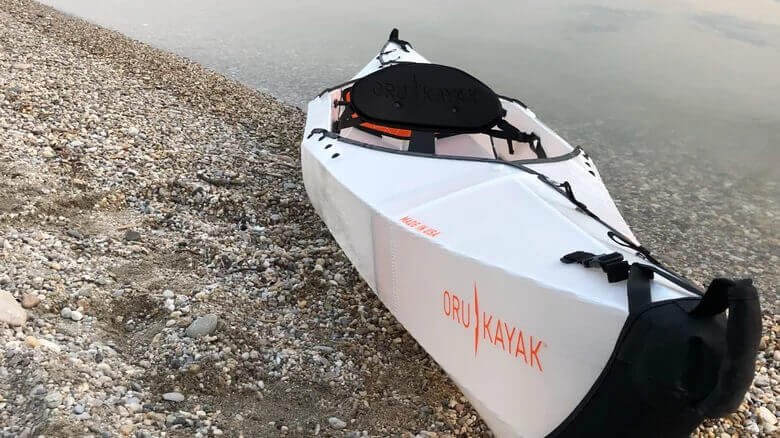
Meet the Oru Kayak Founders: Not Just Dreamers, Hustlers
Anton Willis, Roberto Gutierrez, and Ardy Sobhani didn’t start Oru Kayak with a fat trust fund or a TikTok hack. Anton was a designer who just wanted a kayak he could fit in his San Francisco apartment.
They kept it scrappy. No Silicon Valley superstar funding, no ego. Paper-folding meets plastic engineering, late nights, and one big risky pitch to the Sharks. These three knew a real pain point—and built a solution that worked for normal people. They weren’t chasing likes. They were chasing net positive cash flow and outdoor freedom for anyone lacking storage space.
Real lesson? It’s not about building what excites VCs. Build what solves a real-world, overlooked problem, then grind until people agree.
The Shark Tank Pitch: Season 5, All Eyes on Oru
Oru Kayak hit the Shark Tank stage in Season 5, Episode 28, asking for $500,000 for 12% equity. That’s a $4 million valuation—confident, but not crazy high. The Sharks—Robert Herjavec, Barbara Corcoran, Kevin O’Leary, Daymond John, and Mark Cuban—perked up fast. Product demos sell big on TV, and watching a kayak unfold in under 5 minutes? Instant wow factor.
But the Sharks don’t write checks for gadgets. They want proof—real sales, margin, and a path to scale. Oru had moved some units, sure, but they weren’t sitting on mega-millions yet. You could see Kevin sniffing for licensing plays, Mark prodding on DTC margins, and Barbara grilling about who would actually buy.
I’ve seen founders freeze when Sharks start circling. Oru’s founders kept their cool, held the vision, and stuck to their numbers.
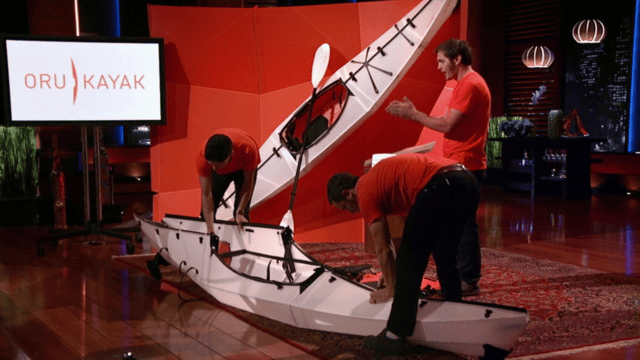
The Deal: TV Handshake, Real-World Curveball
After the dust settled, only Robert Herjavec was willing to make a play—$500,000 for 25%. Twice the equity Oru wanted. The founders tried to push back (I respect that). Robert wouldn’t budge. In the end, they shook hands. It looked like the nail-biter moment every Shark Tank producer loves.
But here’s where the sausage gets made: most people don’t realize that many Shark Tank deals get reworked or scrapped entirely after show due diligence. Herjavec’s deal with Oru Kayak never went through. No check. No signed docs.
On paper, that could look like a loss. But let me tell you—I’ve watched companies land TV deals, then stall out waiting on a Shark’s money. Oru didn’t wait. They went after growth anyway.
The Numbers: Revenue, Net Worth, and the Real Growth Curve
Let’s talk hard facts. Oru Kayak is now pulling $8 million a year in revenue. Not bad for a bootstrapped product company in the outdoor space, which is loaded with copycats and thin margins. They raised funds elsewhere, scaled, then—in 2021—got acquired by Solo Stove, a fast-growing outdoor gear company. Sale terms weren’t public, but trust me: Solo Stove doesn’t buy duds.
Is Oru Kayak a billion-dollar unicorn? No, and that’s fine. They hit eight figures, found a solid strategic buyer, and kept the core execs (Anton and Ardy) engaged post-sale. In this space, that’s a huge win. The company’s value came from a killer combo: authentic branding, useful innovation, and credible distribution.
Always remember: hockey-stick charts impress VCs. Steady, profitable growth impresses buyers. Oru leaned into the latter and it paid off.
Post-Tank Moves: Partnerships, Publicity, and The Real Work
It’s easy to get distracted by swipe-up moments and TV fame. Oru Kayak kept grinding after Shark Tank let them down. First, they paired with GetOutfitted. The deal: rent a kayak, and if you decide you want it, your rental fee goes toward the purchase. Smart way to lower that will I really use this? friction.
Then they got their boats in select REI stores. You want outdoor cred in the US? Get into REI. That’s when people start seeing you as a real gear brand, not just a Kickstarter quirk.
Oru didn’t stop at retail. In 2017, they backed a kayaker who paddled solo from Cuba to Florida using one of their foldable boats—making headlines and proving this wasn’t just a toy for city dwellers.
This is a clutch lesson: you don’t need Shark money to win, but you do need strategy, hustle, and some headline-grabbing moves.
The Oru Kayak Product Line: What’s for Sale Now?
A lot of Shark Tank companies get stuck with one hit product. Oru didn’t. As of now, you’ve got five different boats on offer—each with its personality. Some are made for casual paddle sessions in the park. Others are built for rougher waters or longer expeditions.
But at the core, every single Oru kayak folds down into a box you can toss in the trunk or store in a coat closet. They’re light, set up in minutes, and (crucially) still paddle like a legit hard-shell. They also added financing, so you can stretch payments and make the plunge without emptying your savings.
And yeah, plenty of startups tried to inspire themselves with Oru’s design. But none got the balance right—that blend of usability, urban-friendly design, and genuine paddling performance.
Where Are They Now? The Real Outcome, No Hype
So did Shark Tank make Oru Kayak? No. The TV spot gave exposure, sure. But the founders did the rest. They doubled down on omnichannel selling—website, Amazon, outdoor retailers. They grew their lineup. They proved endurance with that wild Cuba-to-Florida paddle.
When Solo Stove came calling in 2021, Oru was in a sweet spot: strong brand, respected product, and decent margins. That’s the trifecta if you want an exit. Post-acquisition, Anton and Ardy didn’t duck out; they stayed to steer the next chapter.
If you’re scrolling SharkWorth for did Shark Tank deals succeed? Oru Kayak is a yes—even though the deal never wrote a single real-world check.
Lessons for Entrepreneurs: Street-Smarts Over TV Glory
Here’s the takeaway for every side hustler and founder reading: don’t worship the televised handshake. Use it for what it is—marketing, not magic. Oru Kayak’s real fuel was product-market fit, grind, and clever growth moves.
They didn’t chase cash for the sake of a hype round. They chased customers, built trust, leaned on retail partners, and made their own luck with stunts and influencer-driven PR. That’s what drove them to $8 million in sales and a plum acquisition. There’s no fairy god-investor. But there’s always space for teams who grind for real feedback and real cash flow.
I’ve seen glossier winners fizzle after a Shark check bounced. Oru kept moving forward, deal or no deal. That’s the kind of founder hustle that wins in the real world.
FAQ: Oru Kayak on Shark Tank
1. Is Oru Kayak still in business? —
Yes. They’re alive, kicking, and thinking bigger post-acquisition.
2. Did the Shark Tank deal really happen?
No. Handshake on TV, but no cash from Robert Herjavec afterward.
3. Who owns Oru Kayak now?
Solo Stove, as of September 2021.
4. What’s Oru Kayak’s current revenue or value?
Around $8 million annually. Solo Stove’s buyout likely pushed up their internal valuation.
5. Can you buy Oru Kayaks today?
100%. Check their site, Amazon, REI, and more.
6. What makes Oru Kayak different from regular kayaks?
Origami-inspired folding—true portability and storage without giving up paddle quality.
7. Did any founders leave after the acquisition?
No. Anton and Ardy stayed to lead the brand.
8. Are Oru Kayaks for serious paddlers or just city dabblers?
Both. The line has models for casual and hardcore adventurers.
Bottom line? Shark Tank wasn’t the finish line for Oru Kayak—it was just the start. Real hustle, smart growth, and building products people can actually use. That’s the stuff worth watching, whether there are cameras or not.

